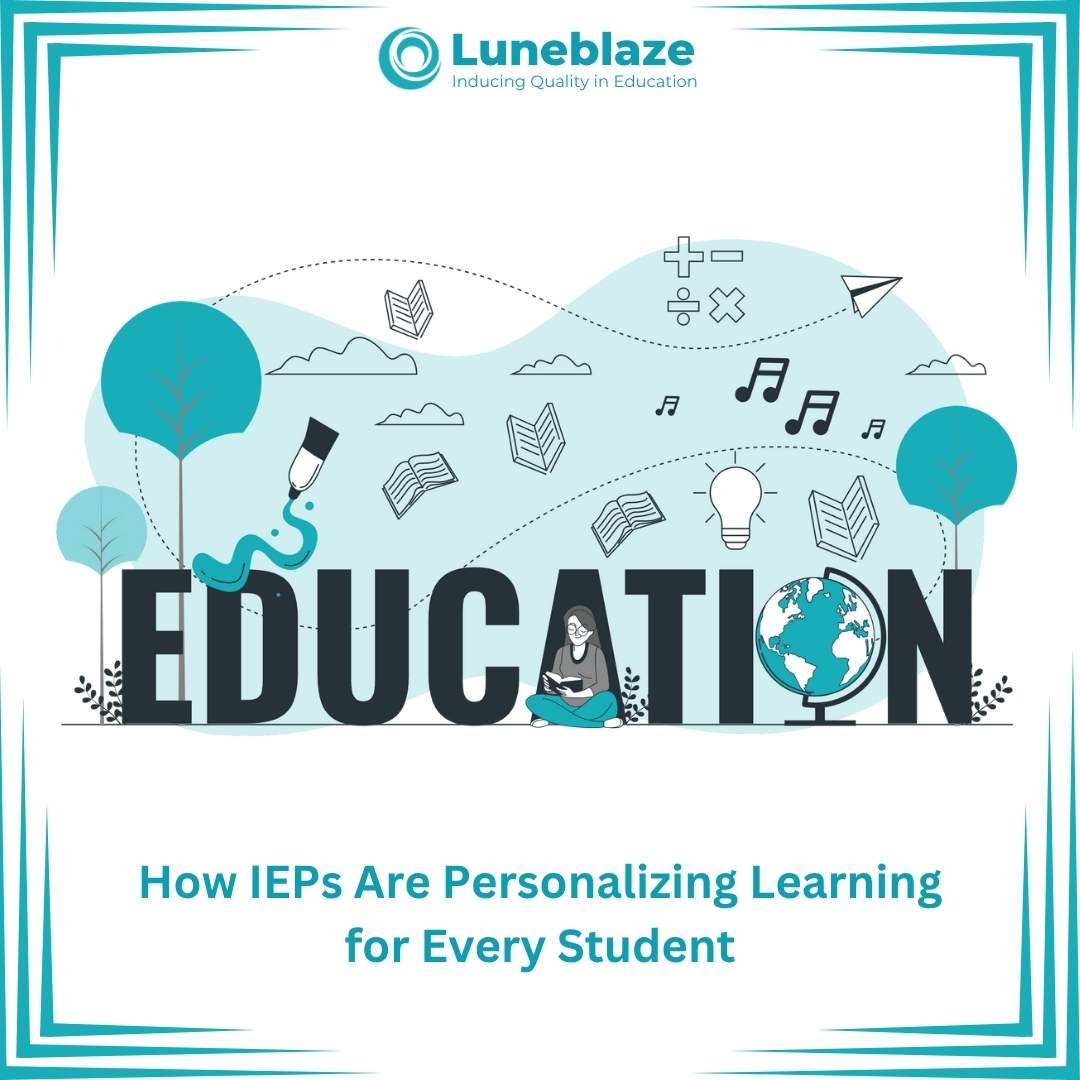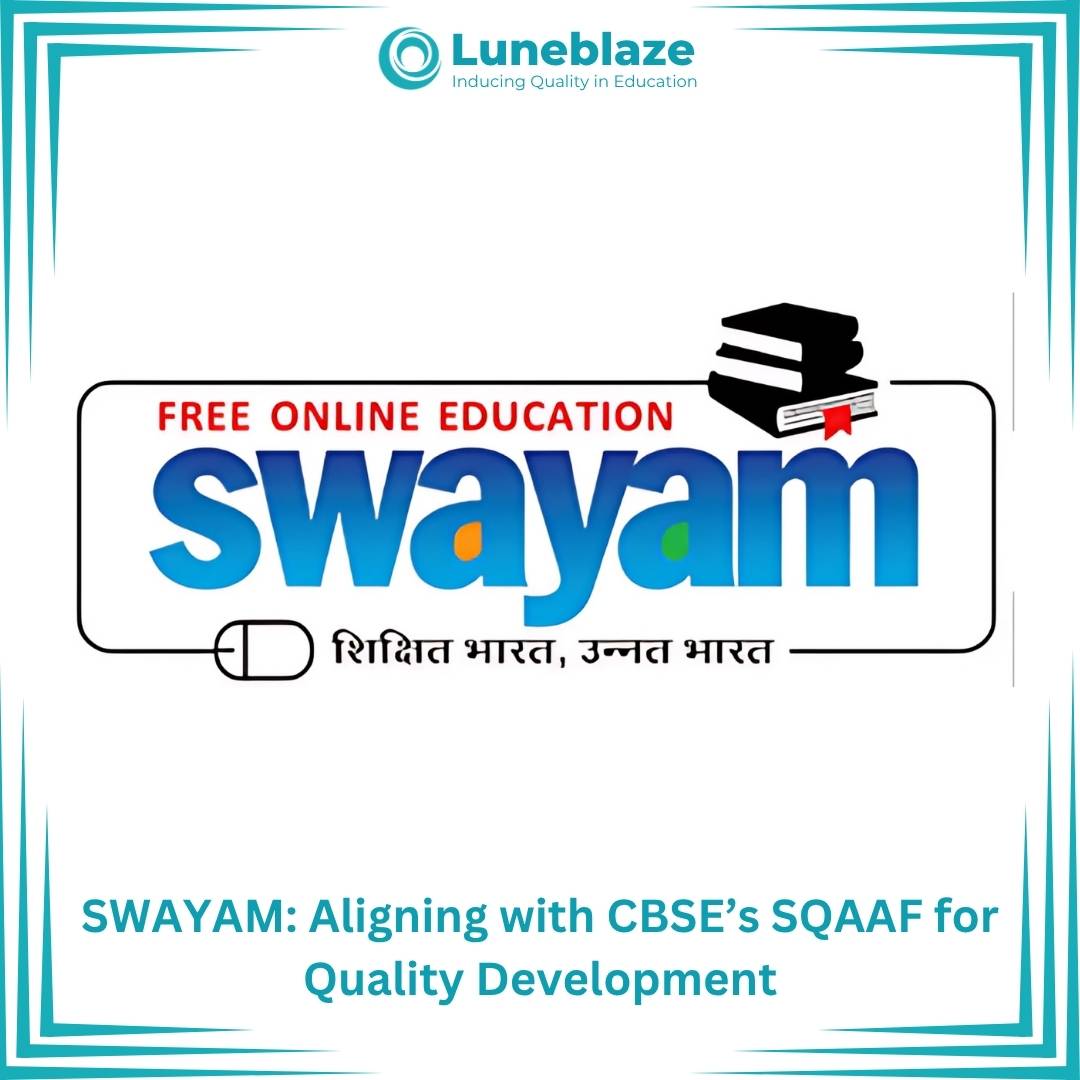ACPP: Structure and Format Explained

Feb 13, 2025
The structure and format of the Annual Curriculum and Pedagogical Plan (ACPP) are crucial for creating a cohesive and effective educational strategy that aligns with both academic goals and holistic development as per the School Quality Assessment and Assurance Framework (SQAAF). A well-organized ACPP serves as a roadmap for delivering a comprehensive curriculum, addressing the varied needs of students across different stages of learning. Here we will break down each component of the ACPP, explaining its structure and content in detail.
In our previous blog, we highlighted the key features of the ACPP, touching on its overarching vision, mission, and goals. Building on that foundation, we now take a closer look at the specific structure of the ACPP, providing a clear framework that can guide schools in crafting a robust, dynamic plan for the academic year.
1. Vision
The vision of a school sets the tone for the curriculum and pedagogical framework. It’s a statement that embodies the school’s long-term aspirations and core values, reflecting its educational philosophy. For instance, "ABC Public School is committed to nurturing individuals with strong values, skills, and a deep understanding of the world around them. We aim to create a dynamic curriculum that not only emphasizes academic excellence but also fosters the holistic development of every student." The vision serves as a guiding light, influencing the design of the curriculum, teaching methods, and assessment strategies.
2. Mission
The mission of a school articulates the specific steps it will take to achieve its vision. It describes the approach to delivering a well-rounded education that nurtures students’ intellectual, emotional, social, and moral growth. For example, "Our mission is to offer well-rounded education through an inclusive and engaging curriculum, fostering an environment that encourages lifelong learning and personal development. Our goal is to empower students to discover their talents, reach their full potential, and excel in their endeavors." The mission should be actionable, outlining the values and strategic steps that guide the school throughout the academic year.
3. Consultations and Discussions Held for Creating the ACPP
The development of the ACPP is a collaborative effort involving key stakeholders across the school. The process begins with the formation of a planning committee, which includes the Principal, Vice-Principal, Heads of Departments (HODs), Teachers, and IT Staff. The Principal leads the discussions to ensure the curriculum aligns with the school’s vision and goals. Regular meetings are held to gather input from all parties. HODs offer subject-specific insights, teachers propose practical teaching strategies, and IT staff suggest technological solutions for improved learning experiences. By the end of this process, the ACPP reflects a collective effort, ensuring that it’s relevant, adaptable, and responsive to the evolving educational landscape. Under the leadership of the Principal, the outcome was a comprehensive curriculum aligned with current educational trends. Teachers proposed new active learning strategies, which were incorporated, ensuring that the curriculum is both innovative and effective.
4. Teaching Learning Approach: Stages and Focus Areas
A well-structured teaching and learning approach is essential to meet the diverse needs of students at various stages of their academic journey. In the Foundational Stage, for instance, the approach could include play-based, activity-based, and discovery-based learning. These strategies emphasize hands-on activities that foster curiosity and develop basic cognitive and motor skills. In the Preparatory Stage, the teaching approach could integrate subjects like Art and STEM, focusing on collaborative learning and project-based activities that encourage teamwork and problem-solving. At the Middle Stage, the teaching approach might center on inquiry-based learning, critical thinking, and developing skills through problem-solving exercises. Finally, in the Secondary Stage, the focus shifts to independent learning, preparing students for future careers or higher education. This stage involves research projects, real-world applications, and life skills development. Each stage’s approach should cater to the students' developmental needs, ensuring that the curriculum is engaging, fosters creativity, and helps students acquire necessary skills for academic and personal growth.
5. Institutional Goals The ACPP should define the school’s institutional goals for the academic year, guiding the curriculum’s direction with clear targets. These could include aligning the curriculum with global academic standards, fostering interdisciplinary learning, and integrating technology to enhance digital skills. Objectives may focus on maintaining curriculum relevance and adaptability, promoting collaborative learning, and encouraging teamwork. To achieve these goals, strategies could involve regularly updating the curriculum, incorporating new methods and technology, and providing professional development for teachers, especially in technology integration. 6. Curriculum and Pedagogical Plan Meeting for ACPP Development The development of the ACPP involves regular meetings among key stakeholders, such as the Principal, Vice-Principal, Heads of Departments, and IT Staff, held over a set period (e.g., January to March 2024). These meetings allow for thorough reviews and adjustments to the curriculum's structure, delivery, and assessments. Discussions focus on improving teaching strategies, boosting student engagement, and exploring new assessment methods. Stakeholders provide feedback, with the Principal emphasizing alignment with educational trends, teachers suggesting interactive methods like project-based learning, and IT staff introducing new digital tools, ensuring the ACPP evolves based on collaborative input. 7. Curriculum and Pedagogical Plan: 4 Stages Breakdown The ACPP should detail how the curriculum, pedagogical approaches, assessment practices, and learning outcomes are structured across different learning stages. In the Foundational Stage, subjects like Language and Mathematics focus on play-based learning, with assessments through observations and formative tasks, targeting basic cognitive and motor skills. The Preparatory Stage includes Science and Social Studies, using activity-based learning and project assessments to build foundational concept understanding. In the Middle Stage, subjects such as Advanced Science and History emphasize inquiry-based learning and assessments like quizzes, aiming to enhance critical thinking and research skills. Finally, the Secondary Stage focuses on specialized subjects and career electives, with research projects and presentations preparing students for higher education or careers. 8. Professional Development and Teacher Innovation Teachers play a crucial role in the successful implementation of the ACPP, and their professional development is vital for enhancing student outcomes. A focus on continuous professional development and encouraging innovative teaching practices can greatly impact the classroom experience. For example, enhancing pedagogical skills could be a key focus, with teachers participating in workshops on active learning strategies to refine their methods. Encouraging innovations in teaching, such as integrating flipped classrooms, project-based learning, and digital resources, can make learning more interactive and relevant. Teachers should be empowered to take an active role in leading the teaching-learning process by incorporating feedback from students and peers. This continuous refinement helps foster a dynamic and engaging learning environment. In conclusion, the ACPP provides a structured and comprehensive approach to curriculum and pedagogy, ensuring every aspect of teaching, learning, and assessment is aligned with the school’s vision and mission. By adopting this well-organized format and focusing on the unique needs of each stage, schools can ensure they provide an engaging, holistic education for all students. The ACPP not only serves as a guide for curriculum planning but also supports continuous improvement in educational practices. To further support schools in their SQAAF journey, Luneblaze provides AI enabled end-to-end solution to schools for all their accreditation criteria needs be it documents & evidence creation, self-assessment filing support on CBSE SQAAF portal, faculty trainings, audits and consultancy support. With the help of Luneblaze’s AI enabled solutions, institutions can organize and manage all their data related to accreditation and assessments like SQAAF for schools. Together, let's raise educational standards. Partner with Luneblaze for SQAAF success. Reach out: sqaa@luneblaze.com
Trusted by
100+
Institutions
worldwide
since 2017
Get started with Accreditation Excellence
Explore how our AI-enabled accreditation solution simplifies the accreditation journey









